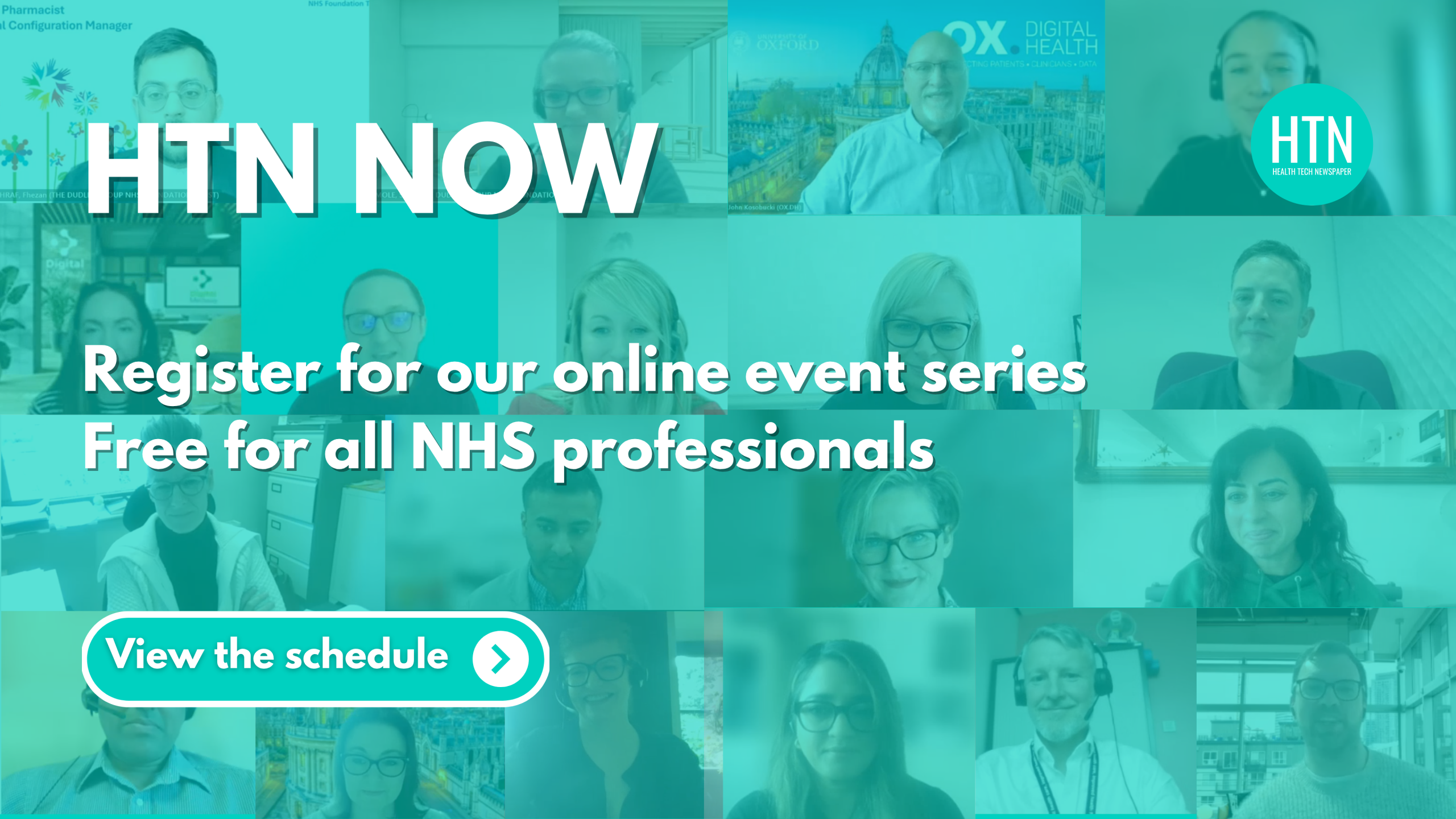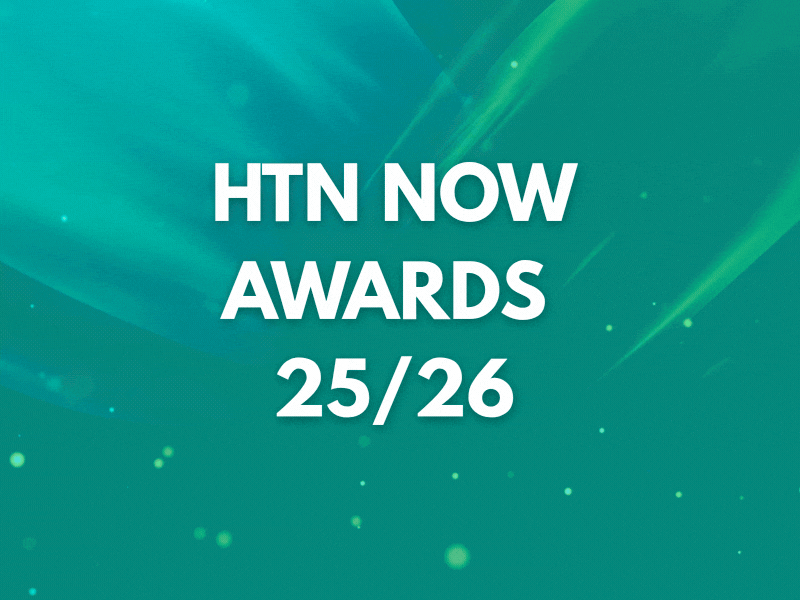Jack Tabner, General Manager for Mental Health at Accurx
Mental health services are the unsung backbone of community care, yet sadly they are often the last to benefit from truly transformative technology. This lag isn’t just an inconvenience for clinicians; it’s a huge contributor to the administrative burden and burnout that pulls them away from their core purpose: patient care.
The emergence of Ambient Voice Technology (AVT), such as Accurx Scribe, powered by Tandem, could offer a powerful path to change this. By automating the laborious process of clinical documentation, AVT has proven it can save healthcare professionals significant amounts of time. This reclaimed time doesn’t just reduce burnout; it restores the clinician’s presence, allowing for deeper focus and connection with the patient.
However, in mental health, the stakes are uniquely high. The introduction of any tool into the therapeutic space isn’t a mere efficiency upgrade – it’s an intervention in a delicate, life-changing relationship. That’s why at Accurx we’ve launched an important new report, Beyond the hype: Navigating the challenges of ambient voice technology in mental health.
The report looks beyond the promise of productivity, and dissects the fundamental risks and challenges that must be addressed for AVT to be safely and effectively deployed in mental health settings. We hope that it provides the starting point for an honest, transparent discussion about the unique challenges of using an ambient scribe in mental health, as a crucial prerequisite to the safe and responsible development and implementation of the tool.
The two critical challenges: patient trust and nuance
Our analysis pinpoints two primary challenges that mental health services must overcome: the potential impact on the therapeutic alliance with patients and the limits of AI’s ability to interpret nuance during consultations.
1. The therapeutic alliance: preserving trust in the “third party”
The therapeutic alliance – the collaborative, trusting relationship between clinician and patient – is one of the most consistent predictors of positive treatment outcomes. The promise of AVT here is clear: freeing the clinician from the keyboard allows them to maintain eye contact, observe non-verbal cues, and be more present.
Yet, a non-human “third party” could risk introducing a “chilling effect” on patient disclosure. For vulnerable populations, such as those with paranoia, a history of trauma, or institutional distrust, the very presence of a listening tool could erode the sense of safety essential for vulnerability.
Our recommendations:
-
Focus and attention: The quality of “presence” is paramount. A physically present but relationally distracted clinician undermines the core of therapy. Conduct encounters naturally and provide additional information before and after the appointment.
-
Beyond the tick-box: Consent cannot be a transactional formality. It must be an ongoing, transparent dialogue, acknowledging the inherent power imbalance. High opt-in rates may reflect patient compliance, not genuine comfort.
-
Clinical judgement is king: Clinicians must be prepared to forgo Scribe use if it compromises the therapeutic alliance, even if initial consent was given. Patient comfort must trump administrative convenience.
-
A safety valve: Tools must be designed to protect this sacred space. Accurx Scribe allows clinicians to pause and restart the scribe mid-session, creating an “off-the-record” space for sensitive disclosures and preserving psychological safety.
2. The limits of AI: interpreting silence, sarcasm, and subtext
In mental health, the language of care is often multi-layered. Silence can be as meaningful as a spoken word, and sarcasm or irony can mask profound feelings. The report stresses that an AI’s capacity for accurate transcription does not equate to clinical understanding.
Large Language Models (LLMs) can struggle with emotional nuance that goes beyond basic sentiment. This can lead to AI-generated notes that are factually correct but clinically vacuous, missing the subtle anger underlying sadness or the fear masked by bravado.
Our recommendations:
-
The danger of “editing fatigue”: If generic AVT is deployed, clinicians face a new source of burnout: editing fatigue. Meticulously correcting long notes full of subtle errors – misinterpreted irony, oversimplified emotional assessments, or missing critical subtext – can be more draining than writing a concise note from scratch. Accurx Scribe minimises editing fatigue with features like verbal instructions for note adjustment, customisable ‘dot phrases’, and ‘gold standard’ templates built by clinicians to ensure the first output is high-quality.
-
Augment, don’t automate, clinical thought: Clinical documentation is a vital part of cognitive synthesis for many professionals. Outsourcing this risks the “de-skilling” of clinicians, particularly those early in their careers. AVT must remain an assistant. Accurx Scribe is deliberately designed only to summarise what has been said, never to make judgements, clinical impressions, or diagnoses. The clinician must vocalise these elements.
-
New competencies required: Clinicians need comprehensive training that goes beyond software mechanics. They must learn how to critically evaluate AI-generated text – actively hunting for errors of omission, hallucination, and substitution.
The human-in-the-loop philosophy
The central takeaway of this report is that integrating AVT into mental health care is not a technological problem; it is a humanistic challenge. The goal is not to replace the therapist – the human connection, empathy, and ethical judgment at the core of therapy are, and will remain, irreplaceable.
The role of AVT is that of a powerful assistant, where the human clinician remains the cornerstone of care.
By embracing a human-in-the-loop (HITL) philosophy – where the scribe generates a first draft, but the clinician maintains ultimate accountability and oversight – we can harness the power of this technology without eroding the human soul of the practice. The success of Tandem’s AVT in Sweden, where mental health professionals are 20 times more likely to use it than their colleagues in primary care, is proof of how well-designed, responsibly implemented technology can positively transform the working days of those working in NHS mental health care.
Real progress rarely comes without friction, but friction approached with honesty and collaboration can sharpen our thinking.
If you are a mental health service provider, commissioner, or clinician grappling with the future of documentation and patient care, this report is essential reading.
Download our full report, Beyond the hype: Navigating the challenges of ambient voice technology in mental health, to explore our key recommendations, detailed clinical perspectives, and the path to safely integrating this transformative technology into your service.






